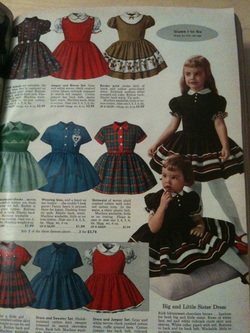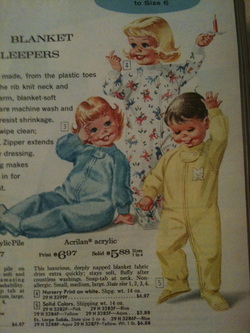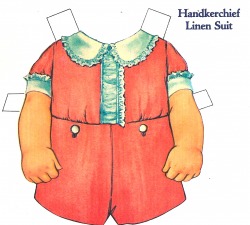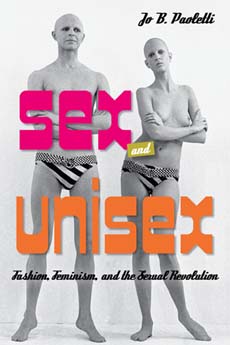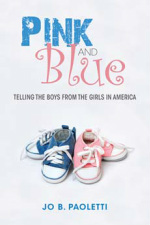How have you successfully negotiated a comfortable balance between the 4-year-olds' fixation on the extreme poles of feminine-masculine child culture and the reality of a world where mommies use power tools and daddies wear pink shirts?
Dafna's blog, http://babyfashion.co.il/ is in Hebrew, but the pictures are lovely and Google translate is your friend. My favorite part: the cure little ice cream cone links to "not recommended", "recommended" and "very recommended".

